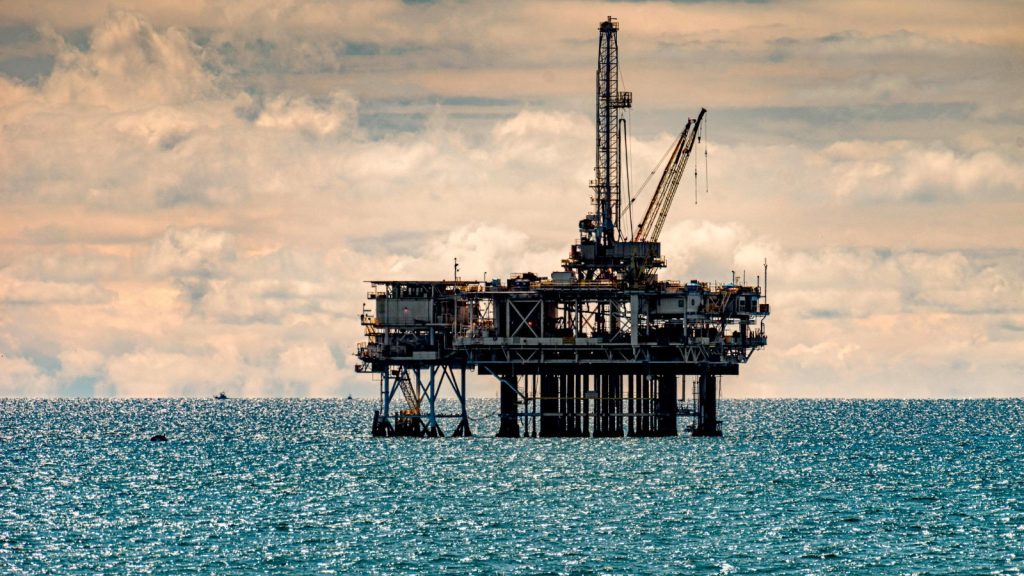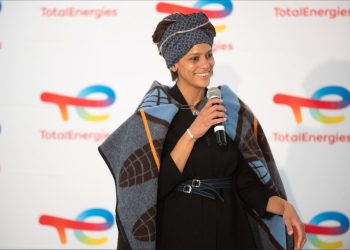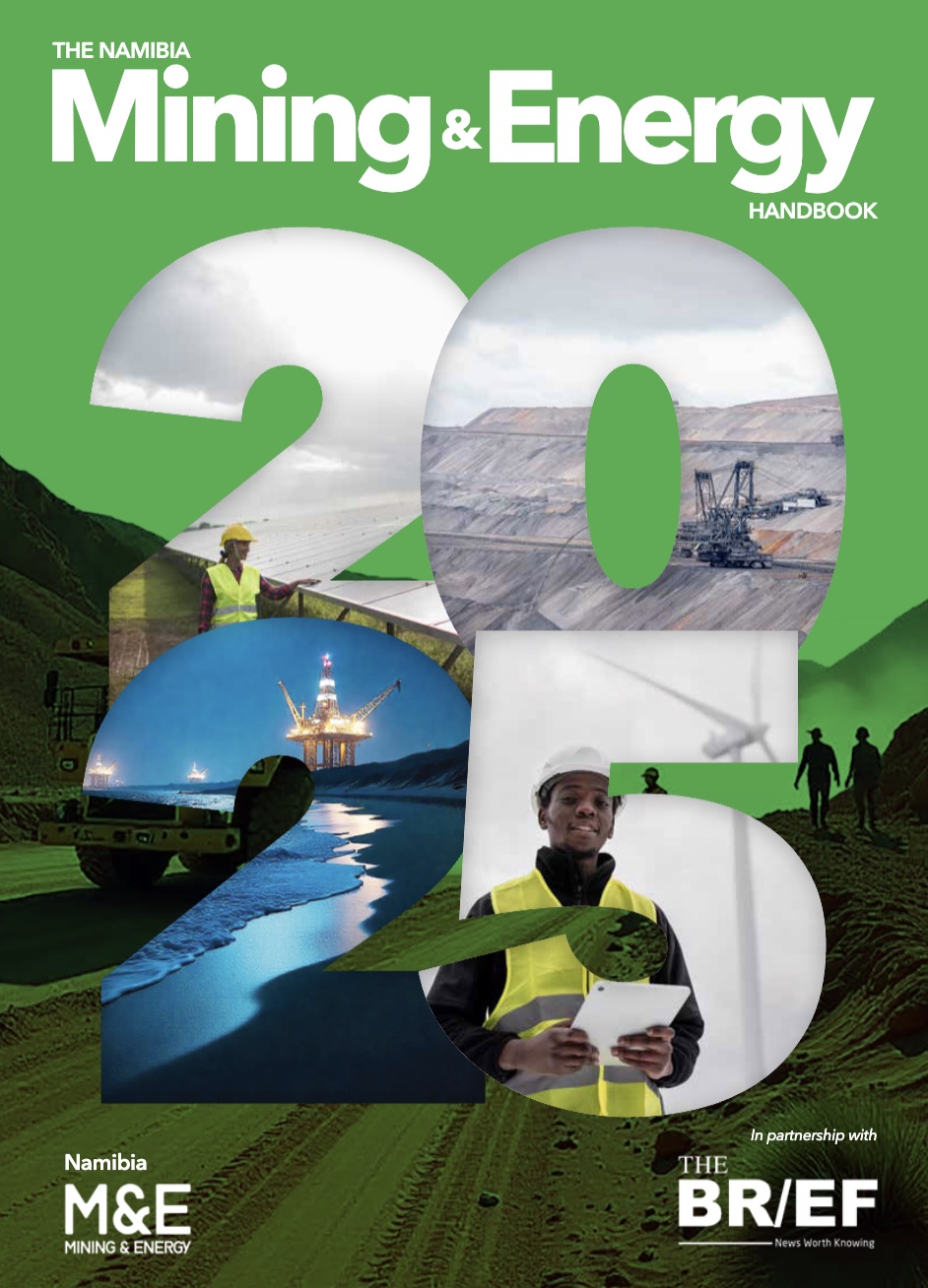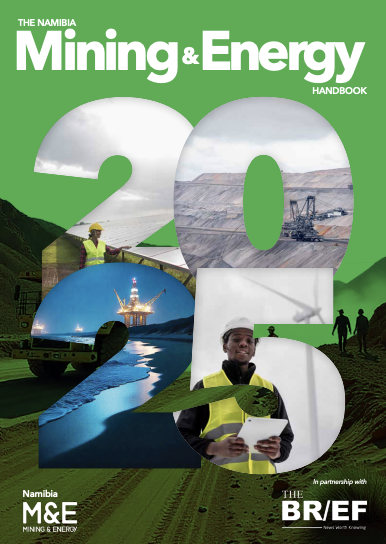
Pancontinental Energy NL has revised its estimates for prospective oil resources at the Oryx prospect within Petroleum Exploration Licence 87 (PEL 87), offshore Namibia, to over 2.5 billion barrels (100% gross), following improved seismic interpretation results.
The company announced the upgrade after completing new Quantitative Interpretation (QI) of seismic data in the Orange Basin, where it holds exploration rights.
The High Case (3U) prospective resource at Oryx now stands at more than 2.5 billion barrels, supported by a revised net-to-gross ratio and increased geological confidence.
“The Pancontinental technical team continues to deliver, such that we are now able to pinpoint a single well location at the Oryx prospect that offers oil potential at three discrete intervals for a combined 2.5 billion barrels of High Case prospective resource, with a Geological Chance of Success upgraded to 26.2%,” Pancontinental CEO Iain Smith said.
The company reported that the Geological Chance of Success (GCoS) for Oryx has improved from 22.5% to 26.2% as a result of a better understanding of the reservoir system. The identified drilling target integrates what were previously assessed as the Calypso and Addax Channel leads into the expanded Oryx prospect.
According to Pancontinental, Best Case (2U) estimates for the Oryx prospect are now 815 million barrels (net to Pancontinental), while the High Case reaches approximately 1.9 billion barrels net. The company also revised upward the Best Case estimates for the nearby Hyrax prospect, though no changes were reported for Addax Fan and Addax South.
Additionally, Pancontinental has identified a new prospective feature known as Phoebe West, interpreted as a basinal turbidite fan fed by a northern channel system. Detailed technical interpretation of this structure is ongoing.
PEL 87, which covers 10,970 square kilometres in the Orange Basin, lies on-trend with recent major discoveries by TotalEnergies, Shell, and Galp. Pancontinental has held the licence since 2018 and is currently in the first renewal phase. The current work programme requires the drilling of one exploration well or the acquisition of new seismic data by January 2026.







